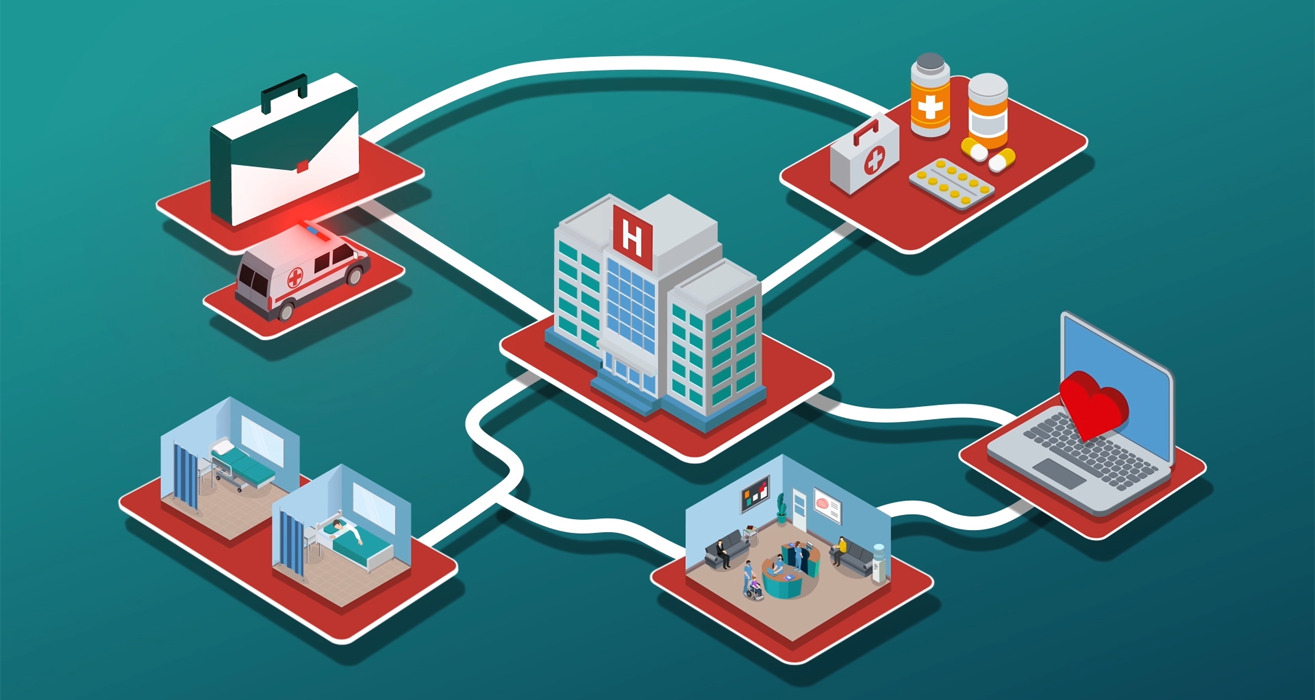Animation is a powerful tool for delivering complex and overwhelming information in an easy, comforting and creative way, and while many industries such as tech and finance have harnessed the advantages of the medium, its full potential within the healthcare industry has yet to be reached. By incorporating educational animations into healthcare services, we can better reach vulnerable people and help professionals through the constant surge of advancements in information.
Since the start of the pandemic, feelings of anxiety and isolation, especially in younger people, have worsened. With many children avoiding school altogether, it’s clear that we need new methods of communication that deliver support in a non-intrusive and calming way. Long walls of text can be exhausting to comprehend and alienate people who can’t or struggle to read, live action can introduce biases or distractions, and in person visits can be too overwhelming – but an animation can find people in a familiar environment such as social media, and combined with its clear visuals and use of characters and symbolism, makes even the most difficult subject matter easy to digest. Patients and their loved ones who are currently waiting for support or answers can, in the meantime, make sense of their situation when given educational animations, reducing worry and getting them to the interventions they need sooner.
The pandemic also saw a rise in people wanting to be more involved in their own healthcare through digital devices and health apps that provide tracking and communicative tools. Feeling empowered in our health starts with clarity, and animation is a brilliant tool for helping people make informed decisions and understand processes that happen at microscopic, internal or long-term levels. With an animation visualizing the effects of a medication, or one showcasing a time-lapse of a recovery plan, people can take charge of their health and feel more comfortable starting treatment.
Healthcare professionals can also benefit from animation during training. Scientific breakthroughs and advancements in technology mean the field is constantly evolving, with professionals having to continually update their understanding of hard-to-visualize topics. Animation can help break all this information down – through the activation of multiple senses and clear visuals, healthcare providers can stay on top of it all.
The benefits of animation don’t have to come at a cost, either. By removing factors such as filming locations and actors, not only is the base cost cheaper, but subsequent edits to the material as legislation changes or science progresses are easy to make – all while maintaining continuity in style. The flexibility of animation means it can be reused in a multitude of ways, whether that’s changing the end slate for local areas, or taking clear stills of a vector animation to be enlarged on a billboard or printed as posters and displayed around a healthcare facility. No matter where an animation is shared – TV, email, in-person or on social media – it has the power to inform, soothe and empower people who need it.
If you would like to learn more about how animation can be used within healthcare, feel free to contact us at hello@synima.com.



